Stop Sucking
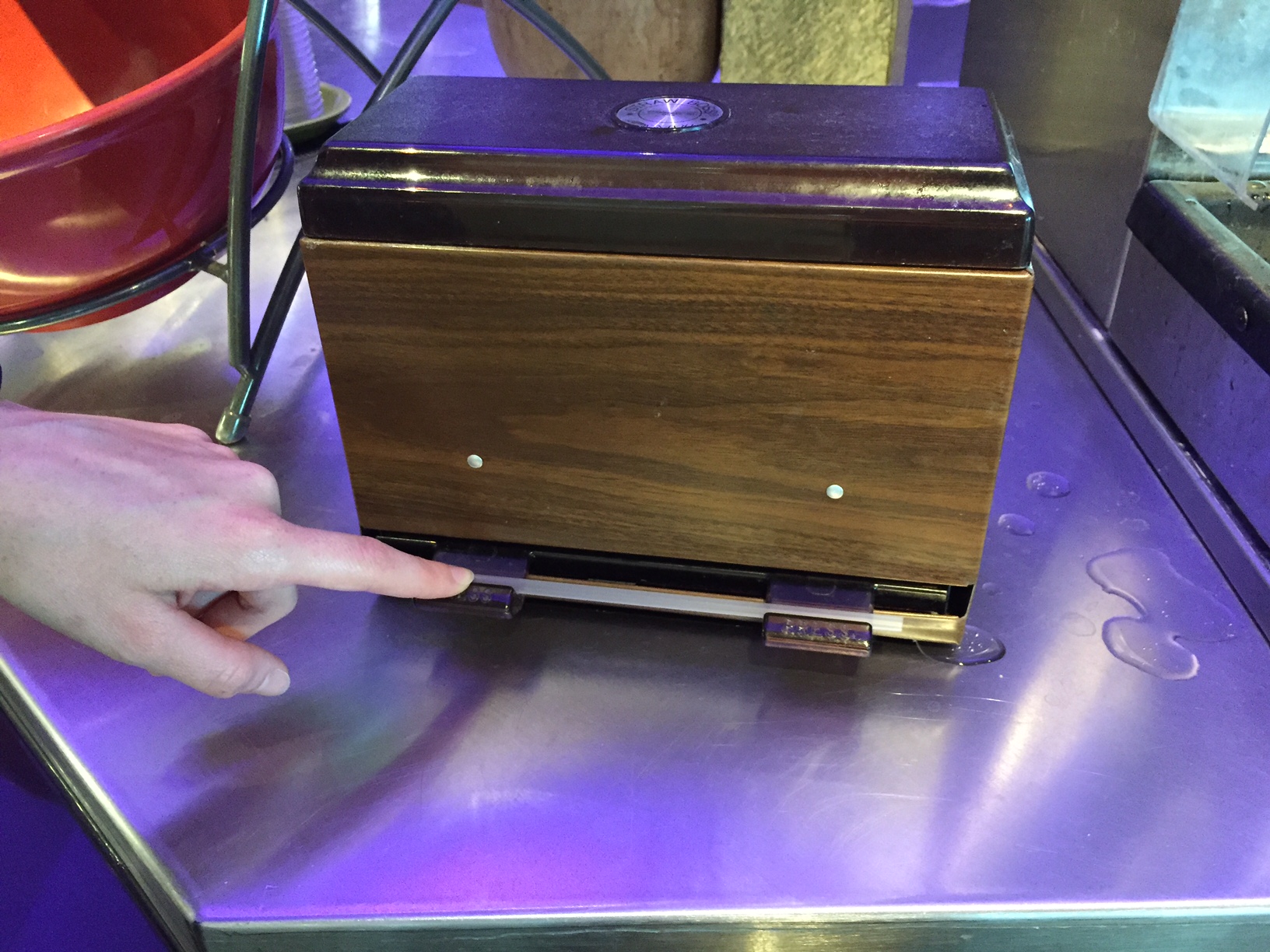
By Melanie Stewart
We suck.
We suck in the morning, we suck in the afternoon, some of us suck all day long, and many of us suck every day of the year. Celebrities suck too.
We suck up soda, water, and other beverages, all through plastic straws. So many of us suck that the U.S. uses, and discards, 500 million plastic straws a day—enough to wrap around the earth 2 ½ times. What seems like a small piece of insignificant plastic adds up to 12 million pounds of plastic waste in the United States every year.
Because straws are small and lightweight they are prone to becoming litter and harming wildlife. This is especially true in the ocean, where they float and animals mistake them for other things, often food. Remember the terrible video with the sea turtle who had a straw stuck in his nostril? We suck because this is a part of the 28 Billion pounds of plastic that makes its way into the ocean every year.
So the Lonely Whale Foundation has a way to help this problem: #StopSucking
Yes, straws are made from a plastic that can be recycled (so put them in the green recycling bin!) but this doesn’t happen often and their size and lack of weight means they sometimes avoid the recycling process.
Straws are almost never needed. Restaurants often serve straws with glasses, even though you can drink directly from that glass. People take straws (and lids) for cups that are meant “to-go” but then don’t take them past their table.
If you do need a straw, there are reusable plastic straws that can be easily cleaned as well as reusable straws from a variety of other materials, including bamboo, which will biodegrade once you decide to StopSucking for good.
This campaign is young, but it’s taking off and spawning (pun intended) initiatives in towns across the country. Seattle is having Strawless September, Walt Disney World’s Animal Kingdom and the Smithsonian Museums banned them outright, and even this 9-year old changed restaurants in his Vermont town.
So #StopSucking! There’s a good chance the beverage you are sucking up isn’t that good for your health anyway.
Join me by visiting this page (probably the only website you’ll ever see people getting slow motion face- slapped by an octopus tentacle) to take the pledge and #StopSucking
Did you know?

by Melanie Stewart
photo credit: freeimages.com/bobsmith
LiveGreen has been getting some great questions lately, so we wanted to share the answers with all of you.
In our Little Free Library’s first 2 years of existence, LiveGreen placed more than 5,000 books on the shelves, and that doesn’t count the books all of you have placed! We stopped counting at that point, but we’ll always need more books. Feel free to bring books in whenever you can. If you have a large donation, email livegreen@unmc.edu and we’ll help! Doing so prevents books from being wasted, promotes reading, keeps bored kids busy, and helps patients and visitors distract themselves while here.
Did you know you can properly dispose of medication on campus?
If your space is cool/warm, set the thermostat to the temperature you want…don’t overshoot. The system will put out the same amount of cooling/heating whether it is trying to raise the temperature 1 degree or 6. Changing it 6 degrees only means you’ll be uncomfortable in the opposite direction in the near future…and you are wasting more energy.
Revolving doors are more efficient than other doors. When standard doors are opened, the pressure of the building causes us to lose the air that we just heated, humidified, or cooled. Revolving doors are always sealed on the edges, so while some outside air may creep in, it’s substantially less.
ADA buttons are there if you need them, but if you don’t, we’d prefer you not use them. They use energy and cause the door to stay open longer than needed. Opening the door without hitting the button will not break the ADA mechanism. Check out this Nebraska Medicine video for a funny take on the ADA button.
Cardboard recycling includes all grades of cardboard, not just corrugated, incorporating what is commonly referred to as chipboard or paperboard (glove boxes, frozen meal boxes, etc). Break down these boxes and leave them for your EVS rep between the wall and another recycling container. Don’t place cardboard in paper recycling bins.
Turning items like lights or monitors off when you aren’t using them is a great (and easy) way to save energy. It may not seem like much, but when everybody does it, the impact is incredible.
Have you visited the LiveGreen Supply Exchange lately? There are lots of free research and office supplies waiting; you save money when you help them find a new home.
Go Big Green!
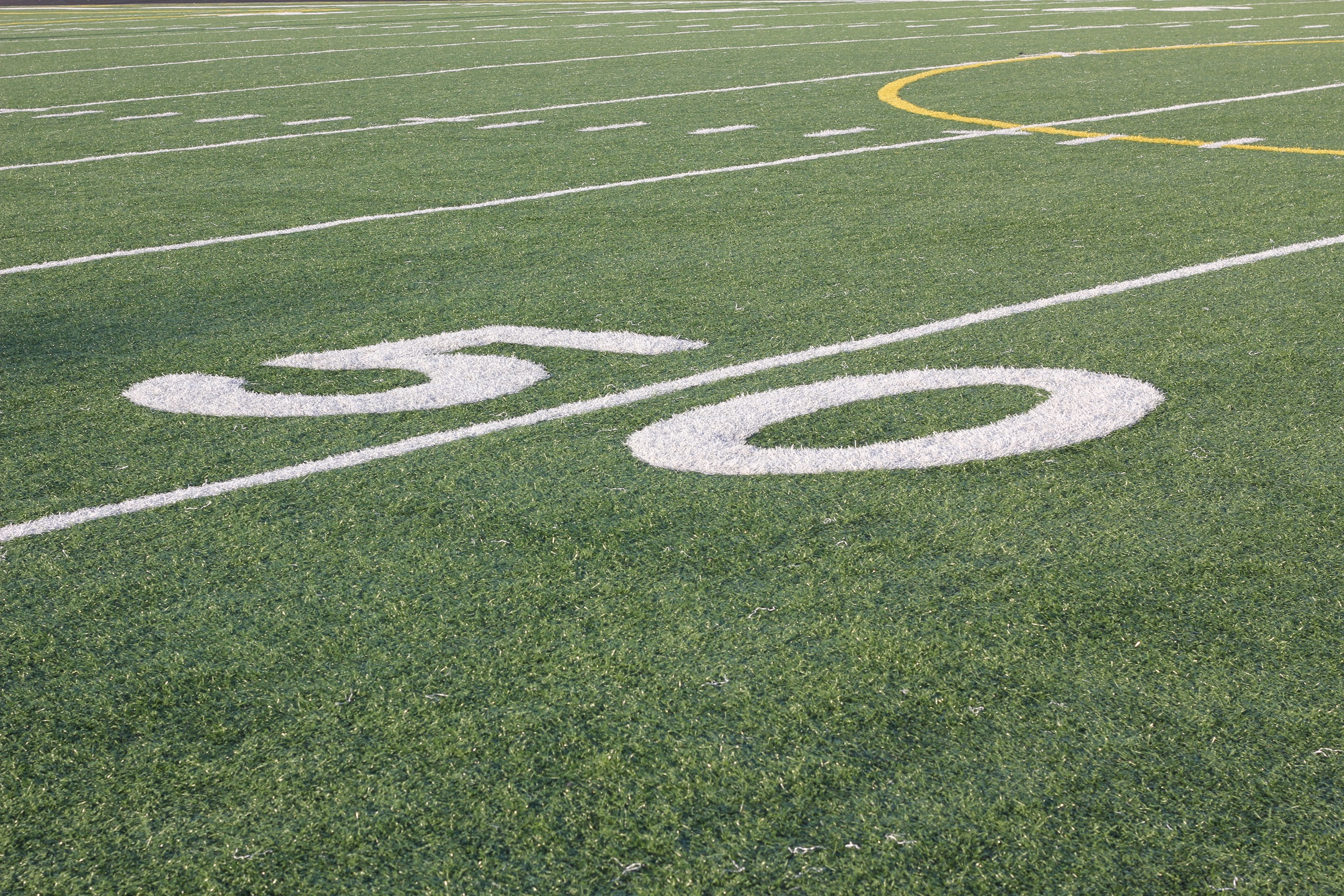
Are you ready for some football? Most of us get excited when football season returns, bringing with it fantasy football drafts, tailgates, and parties. Here are some tips to green your football party or tailgate:
- Buy in bulk. Buy larger quantities of the items you know you will need throughout the season. One family size bag of chips is less packaging than 2 small ones and a case of pop is less packaging than two 12-packs. Items like this store all season long, save you money, reduce waste, and save you trips to the store. Remember to take reusable bags whenever you shop.
- Buy reusable, then recyclable. If reusable tableware isn’t an option, buy recyclable items made with recycled material. Strive for plastics labeled #1 & #2, as they are more easily recycled.
- Grill with propane. It has a lower level of emissions and fewer VOCs than charcoal. Consider yourself a grill master? Go for sustainably sourced natural brands of charcoal; fewer chemicals go into your food – better for you and for the planet.
- Buy locally grown produce and meat (or, dare I say, go meatless?) and buy buns from local bakeries.
- Reuse old team apparel you don’t wear anymore to make fun washable tablecloths or napkins.
- Shut off your engine. Bring a rechargeable battery device or a crank radio: you generate the power while burning a few calories, and it will even charge your cell phone. If you have the cash, check out these solar powered outlets to run your devices.
- Buy locally brewed beer or organic beer.
- Skip prepackaged foods. They cost more and have more packaging. Make the foods you love and then only make what you will eat.
- Clean up! No matter where you are, don’t litter. Recycle everything you can and pack an extra bag to bring recyclables home. Many places in Omaha offer Curbside Rewards for recycling, so it’s a win-win!
- Don’t tailgate out of town. I’m not a killjoy, but driving out of town to tailgate at a game for which you don’t have tickets isn’t green. If you have tickets, carpool to the game or use the park-n-ride locations, then use the tips above for your tailgate. Otherwise, invite some friends over to your house to watch the game, and eat with reusable tableware. You’ll save time, money, and the planet!
UNMC & Nebraska Medicine collecting eclipse glasses
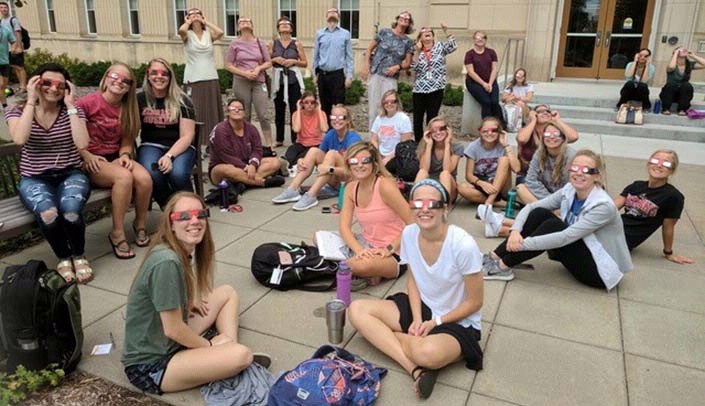
UNMC and Nebraska Medicine will be collecting used eclipse glasses to donate to Astronomers Without Borders.
The group is soliciting the glasses for distribution to other countries for future eclipses, including schools in South America and Asia for use when eclipses cross those continents in 2019.
Collection boxes have been set up on the Omaha campus on the second floor of the Sorrell Center, in the vending area outside the C-store, and on the second floor of the Durham Outpatient Center on the Little Free Library, which is located next to the Cornerstone Gift Shop.
Other UNMC campuses are invited to collect glasses and send them in bulk to:
UNMC Shipping and Receiving
University of Nebraska Medical Center
Attention: LiveGreen
601 S. Saddle Creek Road
Omaha, NE 68106-7100
Whole Lotta Printin’ Goin’ On
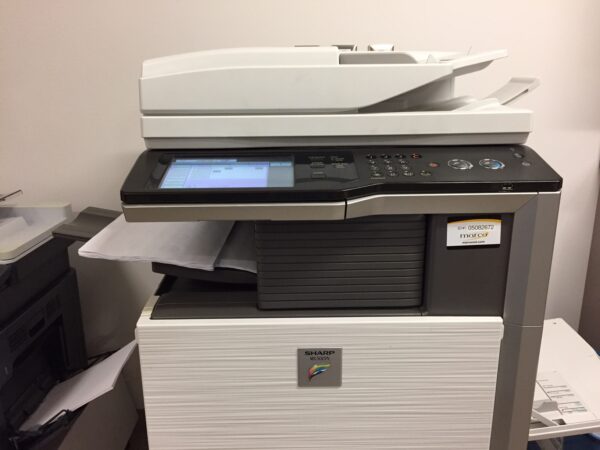
In President Bounds’ latest email, he noted that we can save a lot of money by not printing; a change all of us can make—no formal program needed. He’s right.
First, let me get my disclaimer out of the way. There are times that you need to print. Maybe a patient needs a form, it’s more efficient for you to print on a certain task, or there is a specific circumstance where it’s required. That’s OK, we have printers because sometimes we need them. This is not a plea to create a department “paper czar” who counts every sheet (and drives everyone crazy).
I am asking you to take 1 second and ask yourself if you actually need to hit print.
More often than not, you will find that you don’t actually need to print. You can store the file or email electronically, or refer to it on your screen while working on something else. Ever been to your copier to find documents that people printed and never retrieved? They didn’t need to print them. Not printing saves money, and resources, and keeps your desk cleaner.
If you do print, use black/white and print double-sided whenever possible. Make sure the document settings are just how you want them, so it prints right the first time. Only print the number of copies you actually need–don’t print extra just in case. Have a big job? Check out the Print Shop, they can quickly print large batches less expensively than you can.
How does this save? Your department pays for every sheet you print, not only in the cost of the paper, but also the use of the copy machine. B/W sheets are pretty cheap, but color copies cost 20 times as much! If it has ANY color, even a small emblem in the corner, it’s still a color copy. Printing one double-sided sheet is cheaper than printing 2 singles, and it cuts paper usage in half.
This adds up fast. Did you know that last month UNMC printed 510,000 B/W & 296,000 color copies on connected devices? In just one month, and that doesn’t count Nebraska Medicine! It also doesn’t count the deskside printers that are still using $10,000 worth of toner each month on an unknown number of sheets of paper.
Looking for more ways to save?
- Don’t print personal items; we aren’t allowed to use state funds for personal use
- Check out the ITS tutorials to learn how to compress files and save documents.
- Send via secure email, not fax
- Send agendas, notes, and handouts electronically and provide them on screen during the meeting to encourage attendees not to print
- Ask IT Support and Purchasing to set up codes or mailboxes on your copier/printer
- Buy the highest recycled content paper available; you’ll use fewer resources when you do print
Where’s the water go?
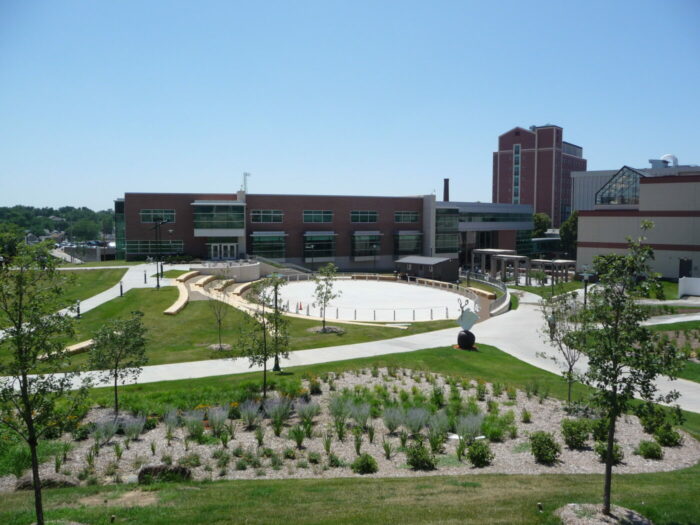
By Melanie Stewart
Where does the water go when it comes out of the downspout? What happens to the rain that lands on our patios, driveways and sidewalks?
Storm water runoff carries pollutants in the form of sediments, chemicals, oil and gasoline through the storm sewers directly into our waterways. How can we stop it? How can we use it?
About 0.3 inches of rainfall from the average home roof will fill a rain barrel. The water can then be used for a variety of purposes: refill a water feature, water flowers, or water the garden with clean, soft, chlorine-free rain water. They are not expensive, are not as hard to make as you may think, and you can find step-by-step instructions here.
Another option is to put in a rain garden. Click here to get a free design guide, watch a video of a rain garden, and see an animation of one at work, all by the UNL Extension Office. Rain gardens capture runoff from the roof, driveway, and other impervious surfaces in the landscape, filtering out pollutants as they replenish groundwater. Rain gardens absorb runoff 30% – 40% more efficiently than a standard lawn, add beauty, and draw birds, butterflies and beneficial insects to your yard. And who doesn’t want to mow less lawn? If you have a large area to drain, you may want more than one rain garden to handle the runoff. Not sure what to plant? There’s a resource for that too; specifically designed for our climate.
Rain Gardens contain native plants that can withstand both wet feet and dry spells, with deep roots that increase the permeability of the soil. Once established, rain gardens only need some routine maintenance – removing weeds and watering occasionally if there is no rain. And did I mention having less lawn to mow?
The next time it rains, take a look at how your home drains storm water, and see where you might want to put a rain garden. It can be done inexpensively, following directions from the UNL Extension Office. Be sure to locate utilities before you start to dig: log on to www.ne-diggers.com.
If these aren’t options for you now, you can follow these easy steps to help keep the water that is draining clean. You and your family can attend World O Water; a free, educational event with lots of activities!
Great Minds Ride Together

By Melanie Stewart
Many you have probably considered carpooling. You should have heard of TravelSmart by now so you know you can save lots of money, reduce emissions, which helps to improve both human health and environmental conditions, all while continuing to park in the same lot you park in now (or a better lot, depending on your carpool partner). Did I mention you can park for free??
So why aren’t you carpooling?
Do you need help finding somebody who works on this campus, lives close to you, and works approximately the same hours?
We can help!
Zimride is the free program that can help match you with a carpool partner from this campus.
- It’s free
- Only people from this campus can see your post
- You will see multiple potential matches
- You aren’t required to accept any matches, and you don’t have to communicate with people you don’t want to
- You can post additional information about yourself to make your commute more enjoyable
- Non-smoker
- Music preference
- Type of car, etc.
- You aren’t signing up to carpool (committing to anything) by logging on or posting a ride.
But wait, there’s more!
If you post a ride between August 9th, and September 9th you will be automatically entered to win one of two $50 Amazon gift cards! All you have to do is post a ride and leave it up until at least September 9th. Zimride will randomly select new posts to win a prepaid gift card.
Already on Zimride? Check your ride to make sure all your details are correct. You can also change the size of the area you are looking to match. For people who live out of town or farther away, expanding your zone will get you more matches and even if you have to drive part way to meet your partner, you still save money and resources on the rest of the trip and get free parking on campus.
Don’t forget to check your matches! On average, people who post a ride will see 10 other people that they could carpool with. Contact them to see if it will work for both of you.
So what are you waiting for? Go post a ride and see if you win can win a prize! Then save more cash by giving carpooling a try.
Questions on TravelSmart, carpooling, or this contest? Email us and we are happy to help.
Med Center on the Move Winners
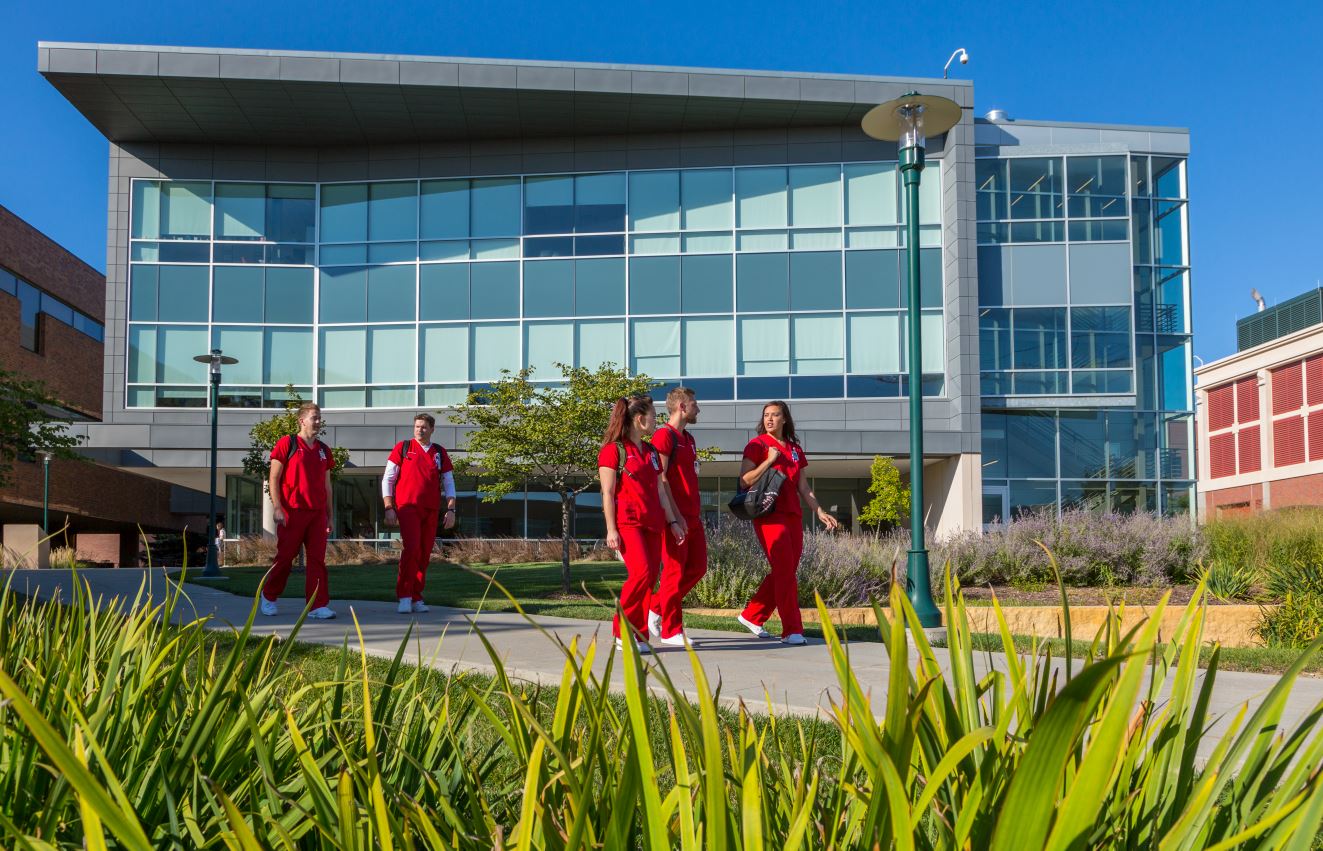
By Melanie Stewart
Med Center on the Move encouraged Med Center employees to try taking an active mode of transportation for one of their commutes each week between April 17th and June 30th. Whether walking, taking the bus, biking, carpooling or a combination of modes, active transportation reduces traffic congestions and pollution, helps keep you healthier, and cuts down on greenhouse gas emissions.
Colleagues listed below won prizes*:
- Natasha Willms, Clinical Research Center, free bike tune-up from Ponderosa Cyclery and Tour
- Emily Cates, Cardiac & Pulmonary Rehab, gym/travel bag
- Amelia Stoltman, College of Nursing, Camelbak water bottle
- Rachael Woodard, Cardiac Cath Lab, walk/bike safety light
- Andrew Schleisman, Pharmacy Residency Program, drawstring backpack
- Ashley Tenney, Respiratory Therapy, hot/cold beverage tumbler
The following TravelSmarties who helped others to sign up also won prizes:
- Carla Snyder, Office of Health Professionals, zippered padfolio
- Fran Higgins, College of Allied Health Professions, walk/bike safety light
- Kevin Finlayson, Cardiovascular ICU, 20 minute massage from the Wellness Center
While these prizes may be gone, you can still use TravelSmart to save money, decrease stress, and improve your health!
Did you know? TravelSmart offers….
- FREE parking for carpoolers (in your same lot!)
- FREE bus passes
- FREE indoor bike parking, shower, and locker access for cyclists and walkers
- FREE emergency ride home if needed
- FREE carpool matching if you need help finding a carpool partner, and
- Convenient $3 daily-rate flexible parking.
Please note that you do NOT have to give up your current parking permit, nor do you need to use active transportation every day to participate in TravelSmart or see the financial benefits.
Speaking of financial benefits, have you ever wondered how much you spend commuting to work? We have a calculator! Just plug in your numbers and the calculator will tell you how much you can save, based on which option you choose and how often you use it. It will also tell you if you will save more money by keeping your current parking permit or turning it back in. You don’t have to do what it recommends, it’s just helping you to make a decision.
If you are interested in active commuting but don’t think it will work for you, contact us. We are happy to help you with trip planning and answering any questions.
*All winners were selected using a random number generator, matching them to the registration report.
Become a LiveGreen Ambassador

Would you like to be a LiveGreen Ambassador?
LiveGreen Ambassadors support UNMC/Nebraska Medicine’s mission to lead the world in creating a healthy future for all by fostering a culture of sustainability at UNMC/Nebraska Medicine, to facilitate the achievement of the Sustainability Master Plan goals. The Office of Sustainability will provide training, resources and support for all LiveGreen Ambassadors who will integrate sustainability into UNMC/Nebraska Medicine by modeling behaviors, providing colleagues with information, helping individuals use tools to implement sustainability initiatives, listening to colleagues’ ideas for sustainability on campus and conveying those ideas to the Office of Sustainability.
FAQs
- What is the time commitment?
The time commitment will vary over the year. The core time commitment will be one training day each year (at Fontenelle Forrest!), supported by UNMC and Nebraska Medicine leadership, and on-going training as needed. Monthly involvement with specific topics is largely up to you. Some months you may have more interest and time to share the current project with your colleagues and listen to their ideas. Other months you may have less time and interest. The design of the LiveGreen Ambassador program allows for fluctuations in your participation based on your availability and interest. - Do I already have to be a sustainability expert? What previous knowledge do I need to have?
No, you don’t need to be an expert and you don’t need any previous sustainability knowledge. The most important characteristic is a desire to help UNMC and NM become more sustainable. The Office of Sustainability will provide you with all the information and technical training you need to get started. - What does the ongoing training consist of?
- One training day each year, supported by UNMC and Nebraska Medicine leadership
- On-going training as needed, typically over the lunch hour
- Occasional online training/TED talks, brief articles, and emails with information
The program is now accepting applications from individuals interested in serving as LiveGreen Ambassadors for a one-year commitment with the ability to re-commit. To apply, please click on this link to answer 3 questions. We’ll respond ASAP and you can then attend a LiveGreen Ambassador workshop to get started. Workshops are held twice a year, currently scheduled for Thursday, August 24th 2017 or Thursday, March 1st 2018. Additional questions? Email LiveGreen@unmc.edu
Going Buggy
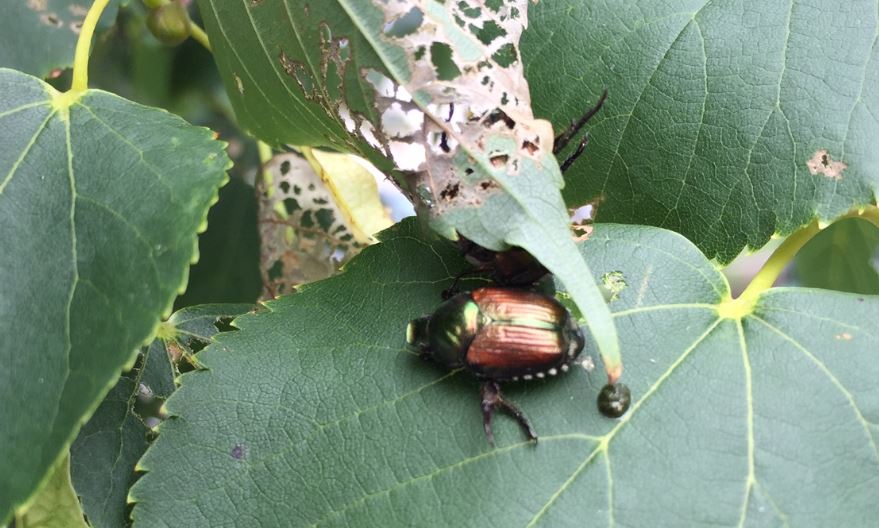
If you’ve spent any time outside in the past couple of weeks, you’ve likely seen numerous beetles flying about; they have metallic green bodies, coppery wings, and little white tufts of hair on the side. They are Japanese beetles, and they are a force to be reckoned with.
They have been in the U.S. for almost 100 years, but are just now making their way to the Midwest, as winters haven’t been cold enough to control the larvae/grubs, which 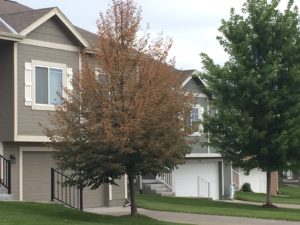 will damage lawns as they eat the roots. They become adults in June and July and start eating—more than 300 species of plants. You’ve probably noticed the damage on Linden trees—they start at the top and turn the leaves into brown lace. Unlike many insects, they lay eggs in lawns daily for over a month, creating more larvae to eat the roots and more beetles to feast upon plants next year.
will damage lawns as they eat the roots. They become adults in June and July and start eating—more than 300 species of plants. You’ve probably noticed the damage on Linden trees—they start at the top and turn the leaves into brown lace. Unlike many insects, they lay eggs in lawns daily for over a month, creating more larvae to eat the roots and more beetles to feast upon plants next year.
Your first instinct is probably to break out the pesticide but hold that thought. The only pesticides that work require special handling, cause damage to humans and the environment when improperly used, and also kill beneficial insects (including pollinators), and are unsafe for edible plants, pets, wildlife, and waterways.
So what can you do?
Get rid of the adults.
- Don’t use pheromone traps; while effective, they will attract more bugs to your yard, as Japanese Beetles can fly 5 miles(!) when motivated.
- Don’t smash or step on them, that also releases the pheromones and will attract more.
- Brush them off and drop them into water with just a bit of dish soap. They die, no muss no fuss, and you stop the damage from the adults now and the eggs they would lay in the future.
Control the grubs without hurting the beneficial insects you are working to attract:
- Apply milky spore. Grubs eat it, die, and release more spores which infect more grubs. It takes 3-5 years to be effective, but provides the best longer-term solution as it becomes established in the soil.
- Apply parasitic nematodes (Heterorhabditis bacteriophora) to your lawn to eat the larvae. They are effective if properly watered in and the ground kept moist.
- Apply Bacillus thuringiensis to specifically kill grubs.
- Use a product containing azadirachtin, the insecticidal ingredient found in neem oil. This concentrated spray is approved for organic use and best of all, it’s non-toxic to honey bees and many other beneficial insects.
- Attract birds. Robins, bluebirds, and others will eat the grubs.
- Don’t overwater, grubs do better when the ground is moist.
- Plant less grass. You decrease maintenance time and expense, and they have less to eat.
